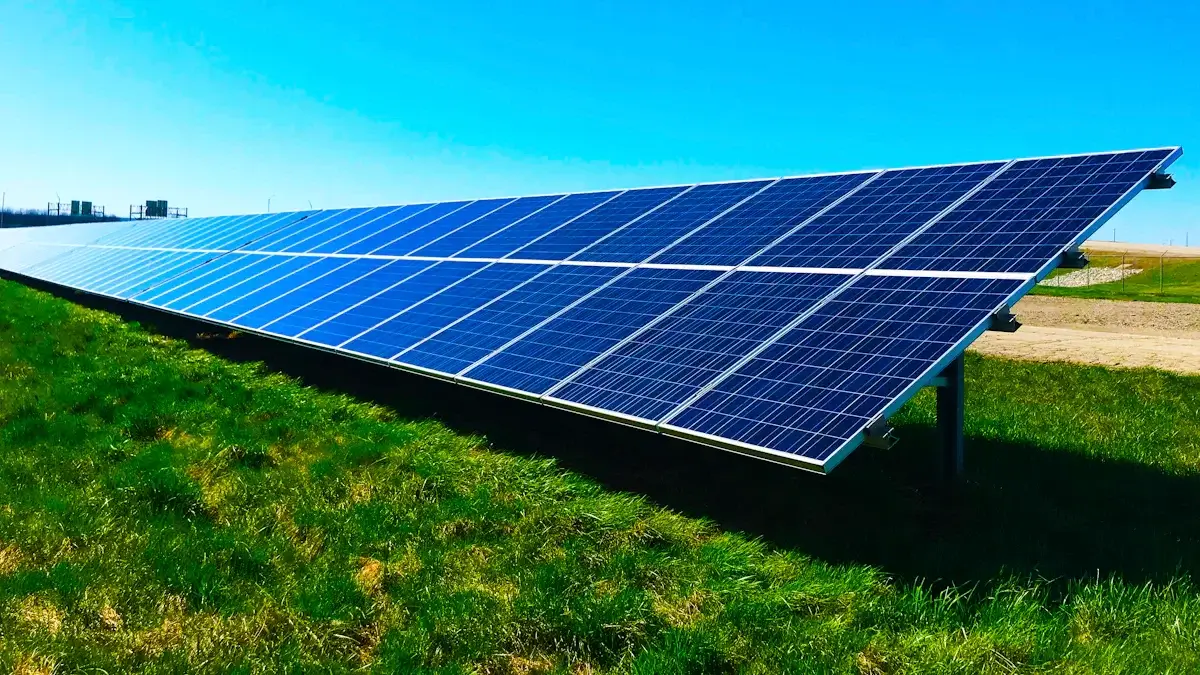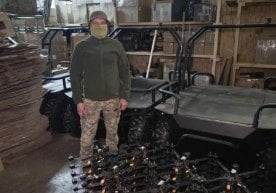
In Tashkent region, it was reported that a unique project is being implemented that creates the possibility of dual use of agricultural land. On the initiative of the State Ecological Expertise Center under the Ministry of Ecology, Environmental Protection and Climate Change, a public hearing dedicated to the “Agri-PV” agro-photovoltaic project was organized in Tashkent district, the ministry reported.
The event was held in the building of the Research Institute of Vegetables, Melons and Potatoes. Local residents, representatives of state organizations, and environmental experts took part in it. During the hearing, detailed information was provided about the main objectives of the project, the stages of implementation, and the possible impact on the environment.
Content of the project and implementation plan
This initiative is being carried out within the framework of Presidential Decree No. 220 of September 9, 2022, and Cabinet of Ministers Resolution No. 541 of September 7, 2020. The project will be implemented by “Business Advanced Experts” LLC together with the international partner — the French company “VOLTALIA.”
A station with a capacity of 507.78 kW/h will be built on a land area of 1.5 hectares. On one hectare, it is planned to install 819 solar panels. Construction work will begin in August 2025 and is expected to be fully completed in February 2026.
Possibility of dual use of land
Agro-photovoltaic technology makes it possible to use agricultural land efficiently. With its help, it is possible to grow agricultural products and at the same time produce electrical energy. This method allows saving water resources, increasing productivity, and creating an additional source of income for farms. In addition, during the construction period, employment of 25 workers is planned, which is also of great importance.
Discussion of environmental and social impact
At the public hearing, the environmental and social impact of the project was discussed in detail. Possible problems that may arise during the construction process — noise, waste, air dustiness and other factors — were explained. To minimize them, specific solutions were proposed: separate collection of waste, removal to special landfills, watering the construction site, and use of heavy equipment only during daytime.
Read “Zamin” on Telegram!Users of Меҳмон are not allowed to comment this publication.













